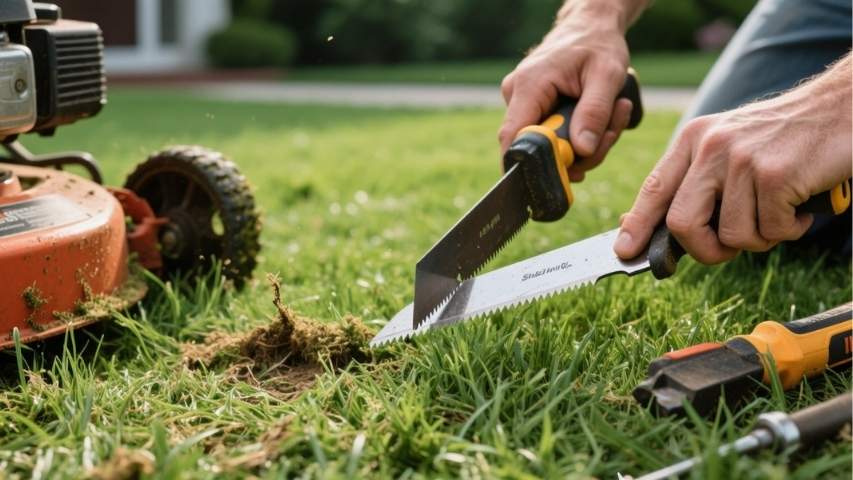Willow shrubs are a stunning addition to any garden or landscape. Known for their graceful, flowing branches, lush foliage, and exceptional adaptability, these shrubs are a favourite among gardeners of all levels. But what makes the willow shrub unique, and how can you cultivate one successfully in your yard? This guide will cover everything you need to know about willow shrubs, from their benefits to tips for planting and care.
Whether you’re a seasoned green thumb or a beginner looking to create a low-maintenance yet striking garden, read on to learn how to make the most of this versatile plant.
Why Choose a Willow Shrub for Your Garden?
Willow shrubs stand out for their beauty and their incredible practical benefits to your outdoor space. Here’s why they’re a popular choice for gardeners:
1. Versatile Landscaping Options
Willow shrubs come in various sizes and forms, from compact shrubs to larger bush-like shapes. This makes them suitable for everything from accent pieces in smaller gardens to forming natural hedges or erosion control along streams and slopes.

2. Low Maintenance
Once established, willow shrubs require minimal upkeep. Their resilience and adaptability make them suitable for various climates and soil conditions. Plus, they grow rapidly, giving you a lush, mature look in your garden in no time.
3. Wildlife Haven
Willows are a wonderful part of any eco-conscious garden. They attract pollinators like bees and butterflies while offering shelter and food for birds and small animals.
4. Erosion Control
Willow shrubs are a practical solution if your property has areas prone to flooding or erosion. Their extensive root systems help stabilize soil, preventing erosion and improving water absorption. They can also act as a natural barrier, diverting and slowing water flow during heavy rains.
5. Medicinal Uses
Willow trees have been used for medicinal purposes throughout history in addition to their aesthetic and environmental benefits. The bark contains salicin, which is similar to aspirin in its pain-relieving properties. Willow has also been traditionally used to help with fevers and inflammation.
6. Craftsmanship
Willow wood is known for its flexibility and strength, making it a popular material for basketry and weaving. Due to their durability, their branches are often used in furniture, fencing, and other structures.

7.Cultural significance
In many cultures, willow trees hold significant cultural and religious symbolism. In Chinese tradition, the willow represents strength and resilience in adversity. In Celtic mythology, the willow is associated with intuition and new beginnings. It has also been used in traditional Native American ceremonies for its healing properties.
8. Contemporary uses
Today, willow trees are still widely used for their wood and other practical purposes such as erosion control and water purification. They are also popular ornamental trees in parks and gardens due to their graceful appearance and ability to thrive in various conditions.
The Different Types of Willow Shrubs
Knowing the varieties available is helpful before planting a willow shrub. Each type has unique characteristics suited for specific garden uses.
1. Pussy Willow (Salix discolor)
This iconic shrub is known for its soft, fuzzy catkins that appear in early spring. Pussy willows are perfect for adding interest to your garden when most plants are still dormant.
2. Red-Osier Dogwood (Cornus sericea)
Though technically not a willow, it’s often called the “red willow” due to its vibrant red stems that stand out, especially in winter. It’s great for adding some seasonal colour to your landscape.
3. Arctic Blue Willow (Salix purpurea ‘Nana’)
This compact shrub is ideal for smaller gardens or tighter spaces. Its silvery-blue leaves lend a modern, cool-toned aesthetic to your greenery.
4. Dappled Willow (Salix integra ‘Hakuro Nishiki’)
This eye-catching shrub thrives in both formal and informal gardens, and it is loved for its unique pink, white, and green foliage.
5. Golden Willow (Salix alba)
Golden Willow shrubs are characterized by yellowish branches that turn even more vibrant in winter. They make an excellent focal point.
How to Plant Willow Shrubs
Planting willow shrubs is straightforward, but proper preparation makes all the difference. Here’s a step-by-step guide:
1. Choose the Right Location
Willow shrubs thrive in full sun to partial shade, so pick a spot with at least 4–6 hours of sunlight daily. They also prefer moist, well-drained soil, so consider planting them near water features or low-lying areas of your yard.
2. Prepare the Soil
Enrich your planting area with organic compost to improve drainage and nutrient content. While willows tolerate various soil types, they thrive in nutrient-rich environments.
3. Timing Matters
The best time to plant willow shrubs is in early spring or fall when temperatures are cooler and the soil is easier to work with.
4. Planting Depth
Dig a hole twice as wide and just as deep as the root ball of your shrub. Place the plant into the hole, ensuring the roots are spread out evenly.
5. Space Wisely
If planting multiple shrubs, leave at least 3 feet between them for proper growth.
6. Water Generously
Willow shrubs need plenty of water, especially when they’re first planted. Be sure to keep the soil consistently moist during the first year. Once the shrub is established, it can better withstand dry periods.
7. Fertilize occasionally
Willow shrubs do not require frequent fertilisation, but an occasional application of a balanced fertiliser can help promote healthy growth.
8. Prune with Purpose
Regular pruning is necessary to keep your willow shrub in good shape and encourage new growth. Do this during the winter or early spring when the plant is dormant. Trim off any dead or damaged branches, as well as any crossing branches that may rub against each other. You can also prune back up to one-third of the old wood to promote new growth.
Caring for Your Willow Shrub
Once your willow shrub is planted, proper care will ensure it thrives for years. Here’s how to keep it healthy and looking its best:
1. Watering
Willow shrubs love water! While they’re drought-tolerant once established, regular watering is key during dry periods. Deep watering every week is ideal, especially for younger plants.
2. Pruning
Pruning is essential for maintaining the shape and health of your willow shrub. Trim off dead or damaged branches in early spring before new growth begins. Regular pruning also helps encourage bushier growth and prevents the shrub from becoming too leggy.
3. Fertilizing
Willow shrubs generally don’t require heavy fertilisation, but a slow-release fertiliser in spring can give them a helpful nutrient boost.
4. Mulching
Apply a layer of mulch around the base of your shrub to help retain moisture, suppress weeds, and regulate soil temperature.
5. Pest and Disease Control
Willow shrubs are resilient but can sometimes attract pests like aphids or suffer from fungal diseases. Use neem oil or insecticidal soap for pests and ensure proper air circulation to prevent fungal issues. Regularly inspect your shrubs for any signs of damage or disease and address them promptly.
6. Pruning
Most willow shrubs do not require extensive pruning, but it is recommended to remove any dead or damaged branches as needed. Prune in late winter or early spring before new growth begins.
7. Propagation
Willow shrubs can be propagated through softwood cuttings in early summer or hardwood cuttings in late fall or winter. Dip the cut ends in rooting hormone and plant them in moist, well-draining soil until roots develop.
Creative Garden Ideas with Willow Shrubs
Willow shrubs are beautiful and can be creative in your landscaping design. Here are some ideas:
- Natural Fence: Plant willow shrubs in a row to create a living privacy screen for your backyard.
- Erosion Control Garden: Use them to stabilize slopes or protect areas prone to flooding.
- Winter Feature: Select colourful varieties like red-osier dogwood or golden willow to add vibrancy in winter.
- Cottage Garden Charm: Combine dappled willow with perennials like hydrangeas and lavender for a lush, romantic look.
- Habitat Restoration: Willows are excellent for attracting and providing shelter to various wildlife species, making them a great addition to any habitat restoration project.
- Water Purification: These trees have been known to absorb pollutants from the soil and purify water, making them a valuable asset in areas with contaminated water sources.
- Material for Crafts: Willow branches can be used in traditional basket weaving or as an eco-friendly alternative to plastic in arts and crafts projects.
- Medicinal Properties: Some species of willow have medicinal properties and have been used for centuries in traditional medicine. Willow bark, for example, contains salicylic acid, which is similar to











